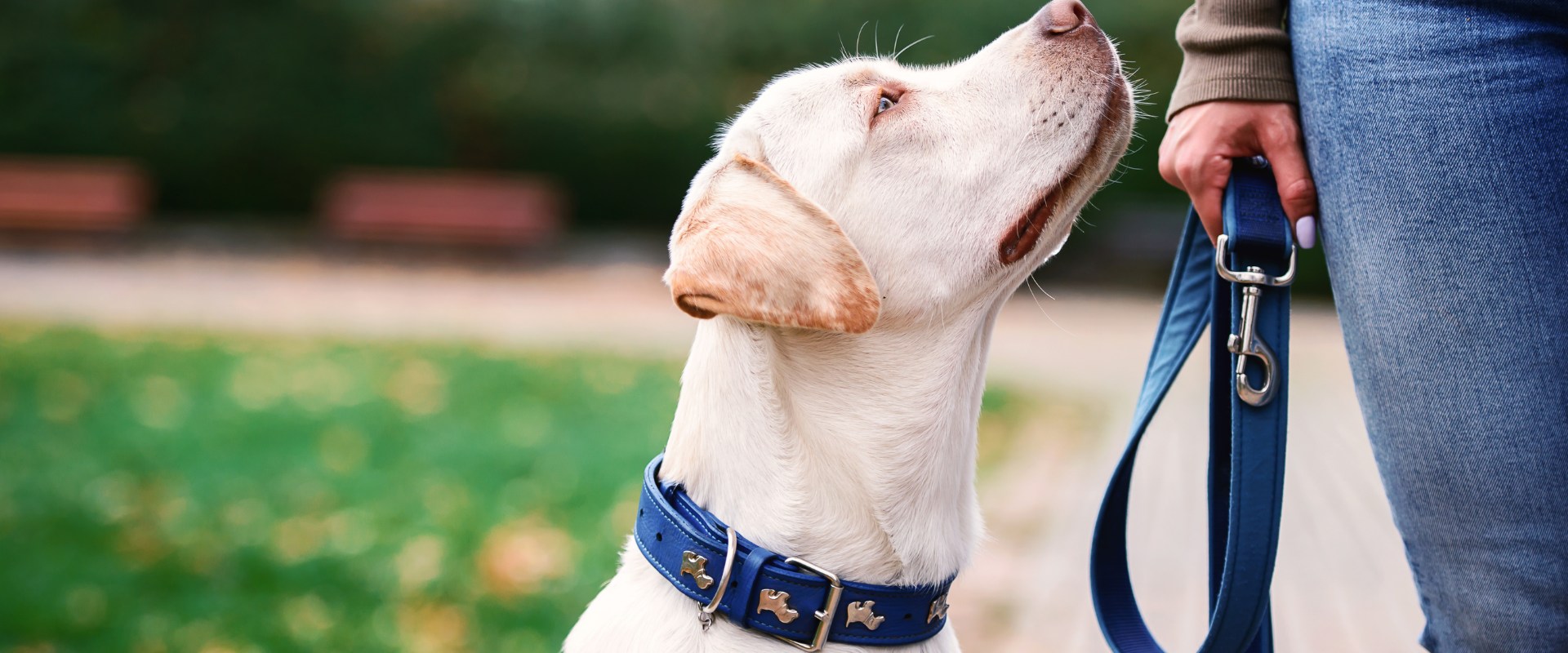Welcoming a dog into your life is one of the purest joys that many of us experience. Whether you’re a first-time owner or a seasoned dog aficionado, one truth is universal – a well-trained dog is a joy to be around. From mastering basic commands to tackling more complex behaviors, the training you provide your dog not only shapes their character but also strengthens the bond of trust and communication between you both.
This comprehensive guide is designed for pet owners who see their dogs as more than just pets – they are best friends. The art of dog training is a nuanced skill, requiring patience, consistency, and a deep understanding of your dog’s unique personality. Here, we’ll walk you through the training process at various levels, tailoring advice to specific breeds and common challenges to ensure a harmonious and thriving relationship with your dog.
Introduction: The Heart of Best Friends Dog Training
Training your dog goes beyond simply making them sit or stay – it’s about fostering a connection built on understanding and respect. A well-trained dog enjoys greater freedom, a safer environment, and a happier life. In turn, you, as the pet owner, experience the joy of a cooperative companion. Training isn’t just about teaching commands, but about creating a lifelong partnership where you grow together.
Understanding the Why Behind Training
- It enhances safety for your dog and others
- It establishes a clear line of communication
- It provides mental and physical stimulation for a balanced life
Building a two-way Trust
- How trust is the foundation of obedience
- The role of positive reinforcement in building trust
The Root of Good Training: Consistency
- Why consistent training is key
- Strategies for maintaining consistency in your training efforts
Dog Training For Beginners: The Building Blocks
For those about to set off on their training journey, we’ll cover the first steps – understanding basic training principles and using effective techniques to set your pup up for success.
Understanding Your Dog’s Learning Style
- The four primary learning styles of dogs
- Identifying and adapting to your dog’s style
Using Positive Reinforcement
- How it works and why it’s the most effective training method
- Examples and scenarios where positive reinforcement shines
Basic Principles of Dog Training
- Timing and consistency are crucial
- Setting realistic goals for you and your dog
Teaching Basic Commands
- A step-by-step guide to teaching sit, stay, come, and more
- The importance of release commands

Training for Obedience and Behavior: Helping Your Pup Shine
Beyond the basics lie the commands that can transform everyday situations – from ‘heel’ on a walk to ‘quiet’ in a crowded space. We’ll also address common behavior issues and provide solutions to strengthen good habits.
Mastering Obedience Commands
- Tips for teaching and reinforcing essential commands
- How to increase the difficulty once your dog has mastered the basics
Dealing with Common Behavior Problems
- How to address barking, chewing, and digging
- The role of exercise and mental stimulation in behavior management
Leash Training and Walking Etiquette
- The walk as a training opportunity
- Troubleshooting leash pulling and reactive behavior
Training Tips for Specific Breeds: One Size Doesn't Fit All
Different dog breeds have unique characteristics and may require tailored training approaches. Here we will provide insights into the best training methods for various types of dogs.
Understanding Breed Differences
- The impact of breed-specific traits on training needs
- Common breed traits and their implications for training
Training for Small vs. Large Breeds
- How the size of a dog can affect training techniques
- Addressing size-specific challenges and considerations
Specializing in Working Dogs
- The unique needs and training requirements of working breeds
- Training for a job or sport to keep working dogs fulfilled
Troubleshooting Common Training Challenges: When the Leash Gets Tangled
Every pet owner encounters hurdles on the road to a well-trained dog. In this section, we’ll address some of the most common challenges and provide strategies for overcoming them.
Understanding the Source of the Problem
- Identifying triggers for disobedient behavior
- The role of consistency in addressing challenges
Rebuilding a Training Foundation
- How to reset and start afresh when things aren’t working
- Fostering patience in both you and your dog
When to Call in the Professionals
- The benefit of professional trainers and behaviorists
- What to expect from professional training services
Dealing with Canine Anxiety
- Recognizing the signs and triggers of anxiety in dogs
- Techniques for managing and alleviating anxiety through training
Conclusion: The Unbreakable Bond Through Best Friends Dog Training
As this guide wraps up, it’s important to reflect on the timeless benefits of training. The work you put in will not only ensure a well-behaved canine companion but will enrich your lives together immeasurably.
Celebrating Successes
- How to mark progress and celebrate achievements
- The joy of teamwork with your beloved pet
Life-Long Learning
- Why training is an ongoing process
- The reward of continuous learning for both you and your four-legged friend
In conclusion, training your dog is as much an investment in your pet’s future as it is in your relationship. With patience, positive reinforcement, and a tailored approach that considers your dog’s individuality, you’ll be well on your way to having the best-behaved best friend. Remember, the key to training is as unique and special as the bond you share with your furry companion – cherish it, nurture it, and watch it grow.



